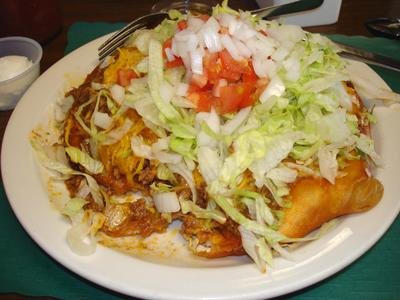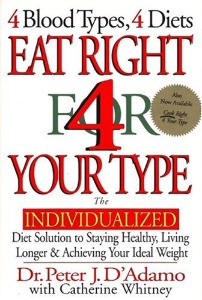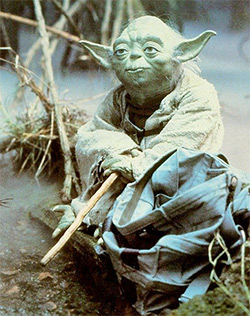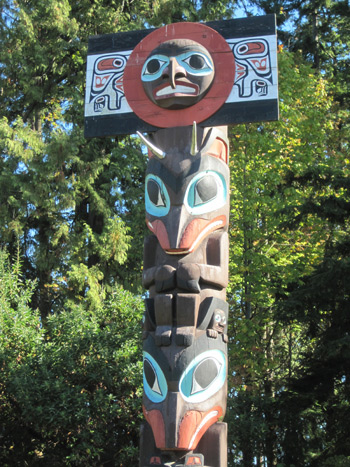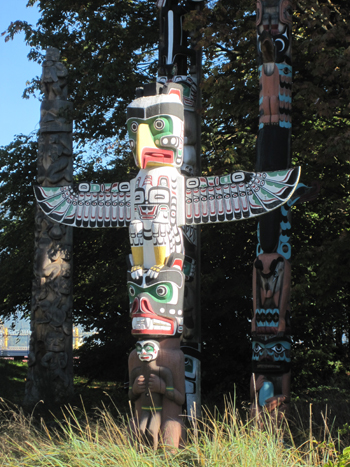In this blog, you’ll learn about the food here at NEC. The catering staff that work here are often first nations people themselves so it makes it feel a bit more comfortable. What makes the food here unique is that it often has a first nation cuisine which isn’t offered at any other college. What I think about when it comes to NEC is the FOOD!!!!
I like having food at the cafeteria for several reasons. First and foremost, the catering staff makes the food taste like it’s homemade and has a home-like feel when you sit down to eat. It’s a nice surprise to see what’s being served at lunch. The best thing at NEC is that the catering company serves some traditional foods and non-traditional food. I like having Indian tacos for any lunch or dinner meal. For myself, I like having the chili served on the side when I have Indian tacos.
Some other things on the menu include breakfast items such as a fried egg sandwitch, french toast, pancakes and porriage. There’s many other things that the kitchen offers like discounts for coffee. If you buy a certain amount coffee, you get one free which is pretty sweet.
The only downside to food at NEC is that there’s no lunch program so you have to bring in something like instant noodles or a can of soup. I’m not saying it’s a bad thing if you bring in any of those to eat, but it’s nice if you can have fried rice, Indian tacos or something else. Another thing is that the food can sometimes be expensive if you’re on a budget. Food such as Indian Tacos or buttered chicken on rice can cost $5.25 a plate and soup with bannock can cost you $3.50. The menu price is decent compared to other places like resteraunts. The catering staff is great, they tend to smile alot and take time to have a quick chat with you. I had a nice chat with a chef who was a previous student here at NEC and now works in our kitchen.
In conclusion, the food at NEC is to be enjoyed while sitting at a table or by the fire. And on a cold day just sit in the lounge area and sip on a cup of tea while you laugh with your friends.
